In the world of technology, the term "jailbreaking" often surfaces, surrounded by both intrigue and caution. It refers to the process of removing software restrictions imposed by the manufacturer on a device, most commonly associated with Apple's iOS and iPadOS. For users who crave more control, customization, and freedom, jailbreaking can seem like the ultimate key. But what exactly does it entail, and is it worth the risks?
What is Jailbreaking?
At its core, jailbreaking is a privilege escalation exploit. It bypasses the digital "jail" created by Apple's operating system to grant users root access to the core file system. This allows the installation of third-party applications, themes, and extensions that are not approved or available through the official App Store.
The jailbreaking community typically releases tools for specific versions of iOS. Once a user runs these tools, they can install a dedicated app store, most famously Cydia or its modern successor Sileo, which acts as a gateway to a vast repository of unauthorized software and modifications.
Why Do People Jailbreak?
The motivations for jailbreaking are powerful and stem from a desire for ultimate personalization and functionality.
-
Customization: This is a primary driver. Jailbreaking allows users to fundamentally change the look and feel of their iPhone or iPad. This includes custom icons, themes, animated wallpapers, changing system fonts, and modifying the lock screen and control center in ways that stock iOS does not permit.
-
Access to Unofficial Apps and Tweaks: The App Store has strict guidelines. Jailbreaking opens the door to powerful apps and system-level "tweaks" that can add new features, such as:
-
System-wide ad blocking.
-
Enhanced file management to access the root file system.
-
Customization of the touch bar on iPhone X and later models.
-
Advanced multitasking features.
-
Emulators for retro gaming consoles.
-
-
Freedom from Carrier Restrictions: In some regions, jailbreaking can be used to unlock a phone from a specific mobile carrier, allowing it to be used with any compatible network.
-
Ideological Reasons: Some users jailbreak on principle, believing they should have full control over the hardware they own, without being limited by the manufacturer's software policies.
The Significant Risks and Drawbacks
While the benefits are appealing, jailbreaking comes with serious consequences that every user must consider.
-
Security Vulnerabilities: The very exploit that grants you root access can also be a gateway for malware and hackers. By breaking down Apple's security layers (like the "sandbox" that isolates apps), your device becomes more susceptible to viruses, data theft, and privacy breaches.
-
Voided Warranty and Bricking: Jailbreaking explicitly voids your device's warranty with Apple. If your device has a hardware failure, Apple Support may refuse service if they detect it has been jailbroken. The process itself also carries a small but real risk of "bricking" your device—rendering it permanently unusable if something goes wrong.
-
System Instability: Unofficial tweaks are not tested for compatibility with each other or with the iOS version. This can lead to frequent crashes, battery drain, overheating, and general system instability, defeating the purpose of a seamless user experience.
-
Loss of Functionality: Some apps, particularly banking and streaming apps (like Netflix, Pokémon GO, or your bank's app), have sophisticated detection mechanisms. They may refuse to run on a jailbroken device to protect their own security, limiting your ability to use essential services.
-
Update Incompatibility: When Apple releases a new version of iOS, it patches the security holes used by the jailbreak. To update your device, you must first remove the jailbreak, losing all your customizations. Staying on an old, vulnerable iOS version to keep a jailbreak is a common but risky trade-off.
Jailbreaking vs. Rooting
It's important to distinguish jailbreaking from its Android counterpart, rooting. While both aim for root access, the philosophies of the operating systems differ. Android is inherently more open, allowing sideloading of apps without root access. Rooting on Android is often pursued for similar reasons—custom ROMs, system-level ad-blocking, and deeper customization—but the process and community ecosystem are distinct.
The Modern Landscape: Is Jailbreaking Still Relevant?
The golden age of jailbreaking has arguably passed. Over the years, Apple has incorporated many popular jailbreak features directly into iOS. Control Center, custom wallpapers, widgets on the Home Screen, and default app changes are all now standard features.
This, combined with Apple's increasingly sophisticated security and the declining frequency of public jailbreaks for the latest iOS versions, has made the practice less mainstream. Today, it remains the domain of a dedicated niche of enthusiasts and developers, rather than a widespread movement.
Conclusion
Jailbreaking is a double-edged sword. It offers an unparalleled level of freedom and customization, transforming your device into a truly personal and powerful tool. However, this power comes at the steep price of security, stability, and official support.
For the average user, the risks far outweigh the rewards. The stock iOS experience is more capable than ever. For the tinkerer, the developer, or the hardcore enthusiast who understands and accepts the consequences, jailbreaking remains a fascinating way to push technology to its limits. The decision ultimately boils down to a simple question: How much control are you willing to trade for security and convenience?
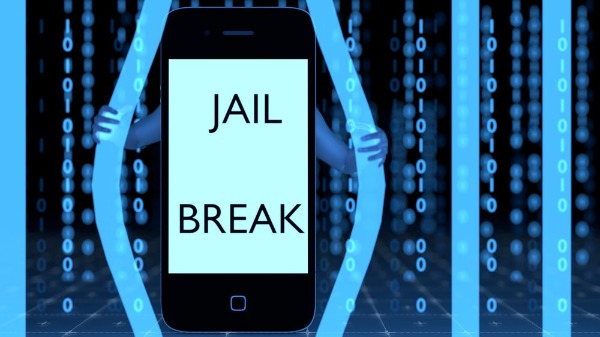

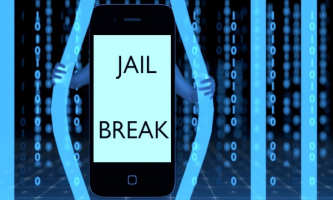
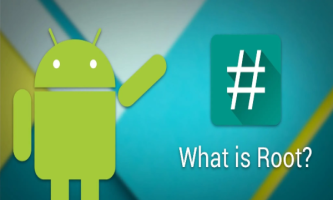



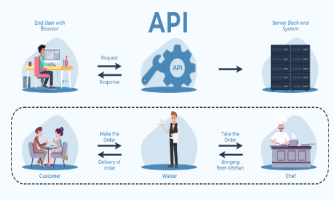

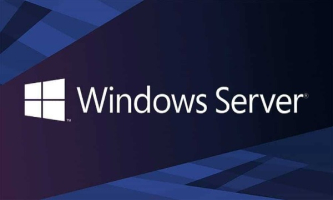

Comments powered by CComment